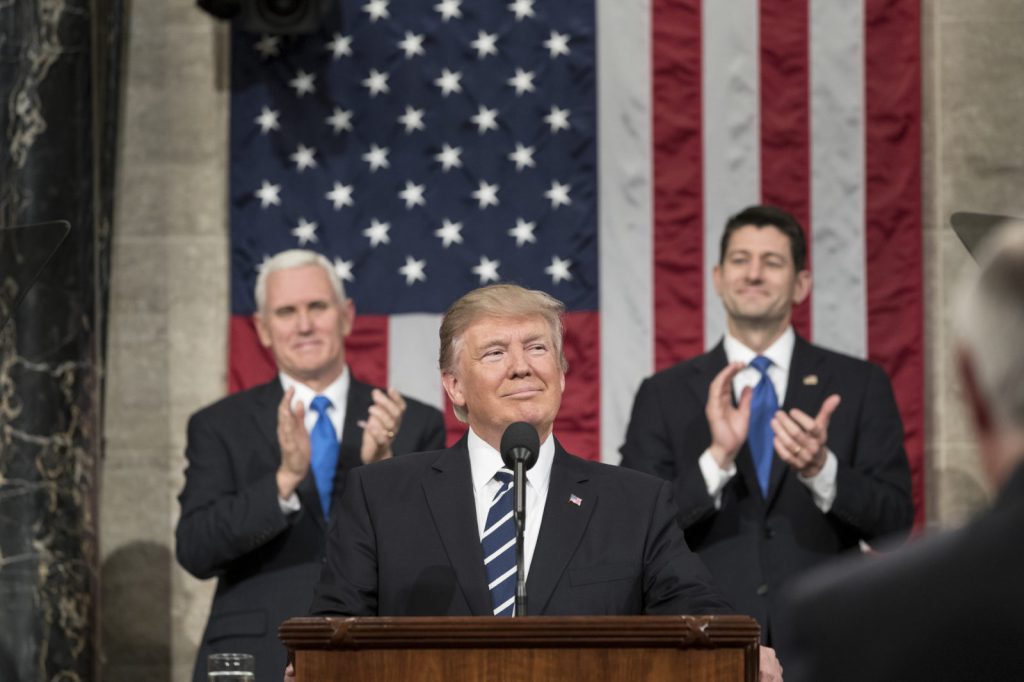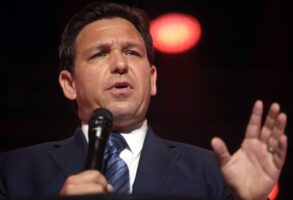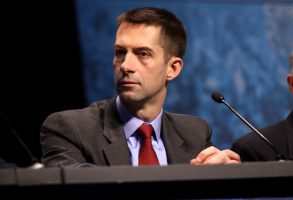
Published November 8, 2018
In the wake of an election, we naturally tend to be struck by the strength of the winning side. Who now has momentum in our politics, and what sort of mandate have they won? But the peculiar mixed result of Tuesday’s midterms should help us see the distinct and troubling character of our politics now: It is the weakness of all sides, and the strength of none, that shapes this moment.
This was evident in 2016, too. Both major-party presidential candidates were broadly unappealing people, and each was well-suited to lose. The question was who would turn off more voters. The binary character of presidential elections left us looking for explanations of the outcome in President Trump’s distinct strengths, but when you examine his razor-thin victory in a few decisive states, it’s his opponent’s weakness that really tells the tale. And Trump has since governed as a weak president alongside a weak Congress.
Tuesday’s elections revealed the same pattern. Republicans had a very friendly Senate map, with 10 Democrats facing reelection in states that Trump won handily. Republicans walked away with roughly three more seats, giving them a slightly less narrow majority in a body that still requires 60 votes for real legislative work. Meanwhile in the House, the Democrats had an opportunity for major gains throughout the country, but they made modest gains in friendly suburbs — winning almost exclusively districts that Hillary Clinton won two years ago.
In essence, each party won some marginal voters powerfully turned off by the other, but neither found a way to meaningfully broaden its coalition — which is what it would take to really show strength.
Each party has fallen into the comfortable habit of attributing its weakness to factors outside its control. Democrats insist they have a robust popular majority but that our constitutional architecture prevents the institutions from reflecting it. Purer majoritarianism, they argue, would prove the country is on their side. But by requiring overlapping majorities of different kinds, our institutions are designed to reflect the multilayered complexity of our society, compelling governing coalitions to reach out and broaden their appeals. The Democrats’ persistent inability to do that is not an argument against the Constitution.
Republicans, meanwhile, insist the bulk of the country would be with them if not for a sliver of urban elites using the powerful institutions they dominate (from media outlets to universities to culturally liberal corporations) to distort reality and shut down debate. But city dwellers are no less American than rural voters. And letting a party devolve into a frantic cult of personality around a recklessly divisive narcissist who turns off persuadable suburbanites is the fault of no one except those who do it.
To win and give direction to our politics, a party would need to build a relatively broad and durable coalition. But while the results of this election show the need for that, they do not make it more likely. The incentives of a divided Congress will drive each party to do what it can on its own — with House Democrats focusing on fighting Trump and Senate Republicans becoming full-time judicial confirmers.
The two parties now resemble their respective leaders, presumptive House Speaker Nancy Pelosi and Trump: They are like two polarizing septuagenarians stuck doubling down on their inadequacies. One is a clever political tactician but blind to the intensity of her own parochialism. The other has an instinctive sense for the frustrations of working-class voters but is unable to escape his own darkest impulses or see the appeal of a welcoming tone and agenda.
Each party, like its leader, is seemingly unaware of how it appears to the larger society and so is guilty of inexcusable political malpractice. They are weak, and the resulting politics is best described as exhausted and exhausting.
We should be careful not to attribute this weakness to some unalterable polarization in our country. We are surely divided these days. But that division calls for creative, energetic political leadership — and such leadership could build real coalitions. Our institutions are designed to enable that. Frustrated voters could be far more open to it than cynical political professionals imagine.
We seem to be living at the end of a distinct phase in our politics but not yet at the beginning of a new one. This is an enormous opportunity for the party able to seize it, and yet for now, neither appears eager to try.
Yuval Levin is editor of National Affairs and vice president of the Ethics and Public Policy Center.








